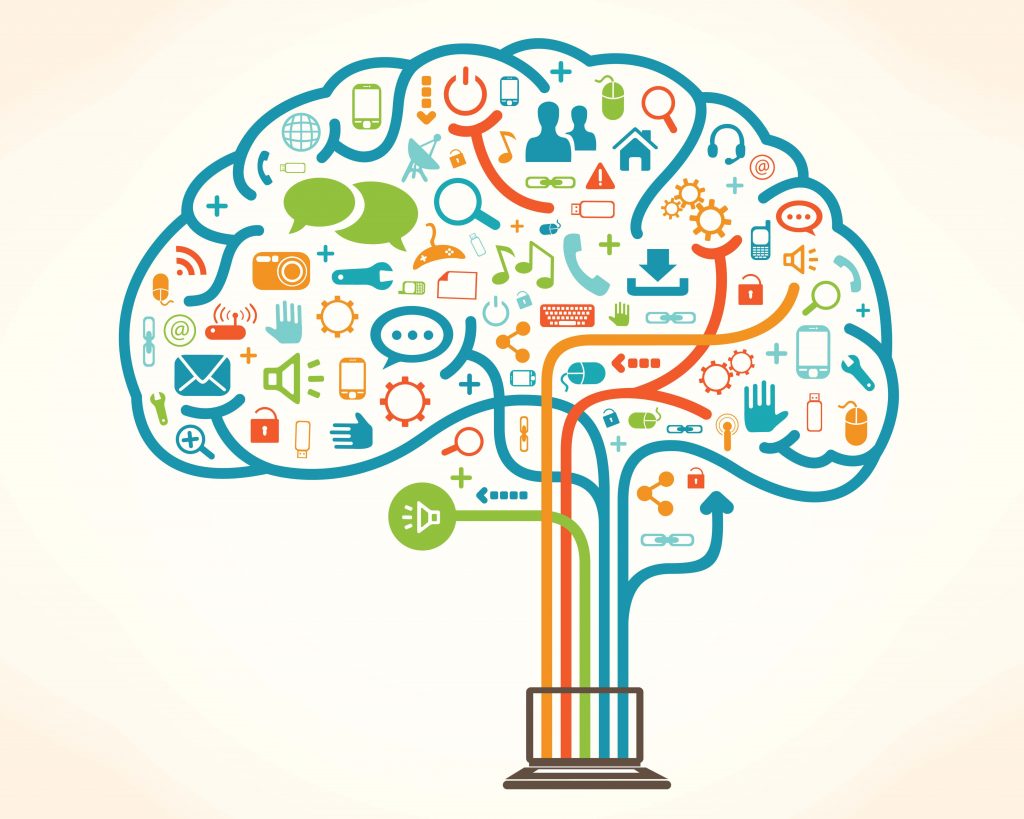8 Psychological Triggers for Pricing Page Optimization
 Your Pricing Page and how you utilize it is very important if you want to maximize guest checkout and overall sales. Along with how your page is designed, the ‘why’ in how your page is designed is equally important.
Your Pricing Page and how you utilize it is very important if you want to maximize guest checkout and overall sales. Along with how your page is designed, the ‘why’ in how your page is designed is equally important.
People’s purchasing behavior is heavily influenced by emotions and psychological triggers therefore your pricing page should reflect those needs. People will make different decisions depending on what they are presented with.
Anchoring Effect
The anchoring effect states that people tend to gravitate and hold onto the first piece of information they are given. An example of this can be seen when a merchant will present their most expensive package first (getting people fixated on this initial piece of information) but then offering the cheaper and ideal package (for the merchant) next thus making the customer feel like they are getting a deal.
Decoy Effect
People often have a hard time making up their mind. The decoy effect points out that most people will go for the first option because it looks better even though the second option may be in fact a much better deal. People make choices based on how things are presented to them, therefore, when making your pricing page, be sure to structure it in a way that promotes the package you want your customers to purchase. Obviously, adding a third option might help steer them in a more concrete direction.
Example:
You have 3 pricing options. Option #1 is for an online course costing $75. Option #2 is for the same course in literature format for $150. Option #3 is for both the online course and the book for $150. According to the decoy effect, the first two options require some critical thinking, whereas the third decision (getting both for the same price) is an easy decision. In other words, the first two options are set up as a ‘decoy’ to get you to pick the third much ‘easier’ option.
Scarcity
The less there is of something the more valuable it is perceived to be. A way to introduce scarcity into your pricing pages is to set a time limit on a package or cap the number of packages for sale; create an urgency that the customer may not have this opportunity again.
Analysis Paralysis
Be careful not to overwhelm your customers by presenting too many options. Analysis Paralysis is the pausing of ones ability to make a decision due to overthinking a situation. You don’t want customers to have to overthink your pricing page because that may just cause them to leave altogether. Keep it simple, clean, and direct.
Loss Aversion
It has been studied and proved that people suffer more pain when losing than they feel joy from winning. Studies have also shown that losses can be as much as two times as powerful as wins. Therefore someone who just lost $1,000 in Vegas feels twice as much loss as the same person who won $1,000 and experienced excitement. Here are some ways to incorporate loss aversion into your pricing page:
- Free Trials: Free trials are great because people don’t feel like they’re risking or losing anything by trying your product for free. Once they realize they really need your project and are becoming dependent on it it’s really a no-brainer for them to start paying for your service.
- Messaging: Instead of focusing on what your customer will gain by purchasing your product, instead, you can make it clear the significant loss they will experience by not taking advantage of the package or product.
- Timing: Putting a timer on an offer will kick in the loss aversion trigger and cause conversion rates to climb.
Choice Supportive
Choice Supportive is the idea that we attribute positive perspectives to our past decisions. Once we make a decision we tend to continually convince ourselves of the great decision we made. It is therefore a great habit to have customer testimonials on your pricing page that shows how happy people were after they did business with your company.
Hyperbolic Discounting
Hyperbolic Discounting is the idea that people, when given two awards, prefer awards that are given instantly rather than ones given at a future time, even if the one given at a later time is better. So the immediate return is what people favor as opposed to having to wait for something.
Trust
People need to be able to trust you and trust your process (including your website) before they hand over their credit card number. Common yet effective ways to portray trustworthiness:
- Mention the number of people who have trusted you thus far
- Display trust icons
- Display customer testimonials
All in all its important to consider all the ways in which psychology plays a role in purchasing decisions for your customers. Present your content effectively and in a fashion that maximizes the decisions you want your customers to make.
Need help designing your pricing page? Contact us for help!



